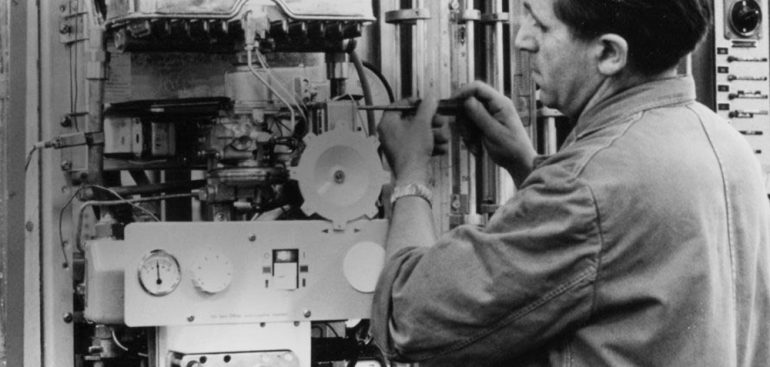The History of Combination Boilers
A Brief History
The German giant Vaillant were certainly one of the first if not the first to produce a combination boiler in the early 1960s and another firm who were in on the act early was a French firm called Châteaux producing their first real combination boiler around 1963.
This small company that was relatively unknown outside of their home country produced the first successful and really commercial solution to a long standing need that manufacturers had for some time. But these ‘break through’ innovations came about because engineers were being forced to think differently, and produce with a little more flexibility in mind.
What is a Combination Boiler?
An internal combustion or steam (sometimes water) powered boiler takes in fuel (fuel oil or natural gas) and operates by combustion, usually using internal combustion or steam (water and steam), to heat the boiler inside, supplying heat to the water in the form of steam or water.
In the early days of steam powered boilers, steam is generated by the steam engine but as this technology developed, steam turbines were developed which, unlike steam engines, supplied electricity to turn a turbine and generate steam directly in the boiler. A ‘combination’ boiler is a modern version of this technology combining steam and petrol engine powered water heating technology. This makes a combination boiler a very efficient system.
The History of Combination Boilers
In the late 1800s and early 1900’s a newly emerging British industry began producing steam-driven pumps. These were one-shot pumpers with very heavy loads and were initially being supplied by a number of small contractors. In 1902, Sir Albert and Charles Urchand established Urchand Pumps & Machine Company at Dudley, England and quickly began producing thousands of steam driven pumping sets.
These pumps were fuelled by electricity and after years of running with the help of heavy duty external steam boiler rooms, they were a welcome addition to steam driven pumping company and many would use a combination boiler for their auxiliary boilers with a powerful internal steam boiler in their production site.
The Modern Combination Boiler
The modern combination boiler is usually described as being a type of super heater, a high efficiency type of boiler. The principle is simple, a high efficiency water based oil fuelled fire which is widely used in the ship industry with the capacity to heat the entire vessel.
The boiler has high heating capacity and the oil itself carries significant heat and carbon dioxide making it almost heat-proof and the ash does not burn in air and so is protected from fouling and cleaning. Ships have always used combination boilers, but it wasn’t until the modern days that people began to mix the two, finding that such a combination produces significant efficiencies and reduces the energy cost of fuel in vessels up to around 95%.
The Evolution of Combination Boilers
There have been a great many attempts at producing boilers that can effectively work together in a toothed assembly, with the sheer number of these types of products being rather confusing. The original idea of combining different types of boilers in one machine was a result of the gas turbine revolution of the 1950s and 1960s.
The problems of the maintenance of an array of small engines became clear and the concept of the toothed unit was introduced. A close up of the parabolic angle to the internal combustion in combination with the turbulent flow produced at the tip of the exhaust pipe of a engine. In the mid to late 60s, builders began to put steam and gasification together to create larger boilers that could also operate with nuclear steam and air or a bi-fuel cycle.
Conclusion
I would definitely recommend looking into combination boilers for your home. I’m not saying they are the answer to a perfect heating system, but if you really are on the go and need a fairly modern system to cater for your home heating needs then perhaps this is the one for you.
